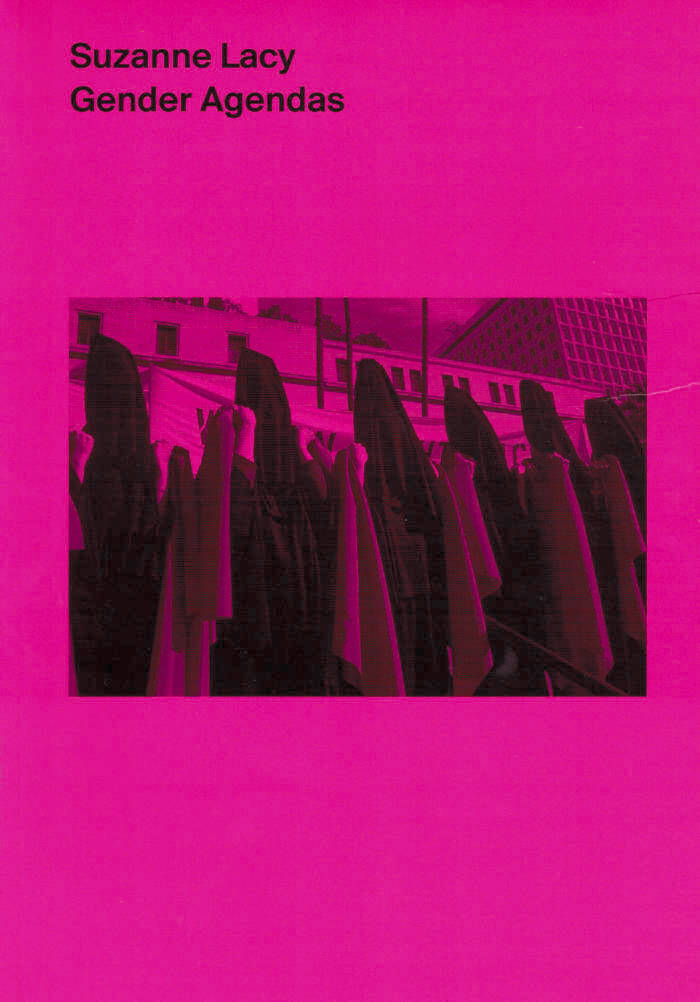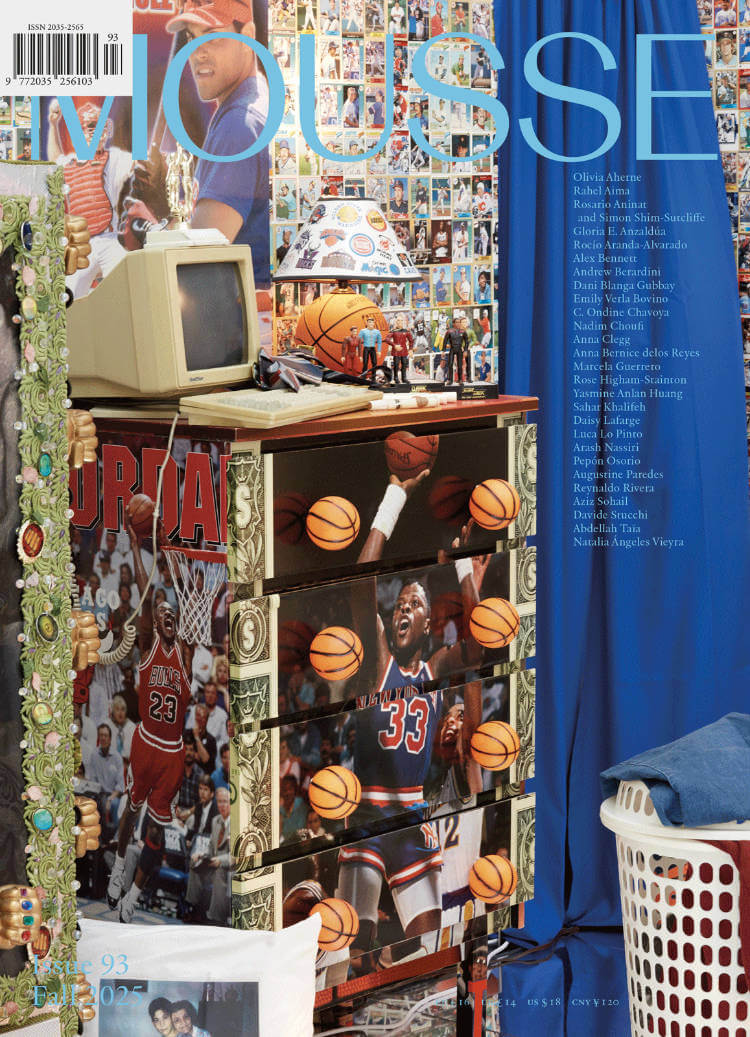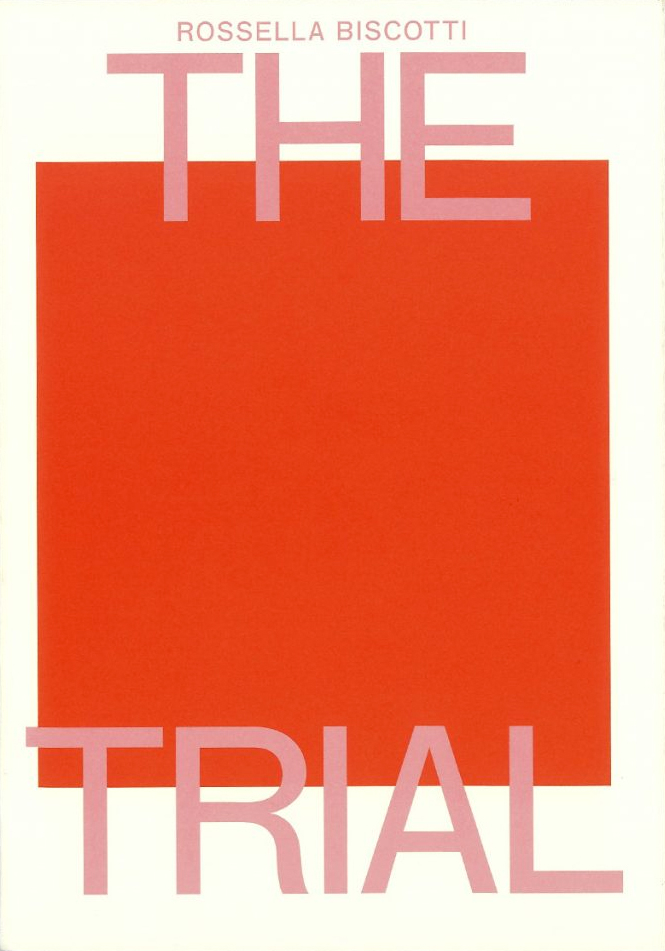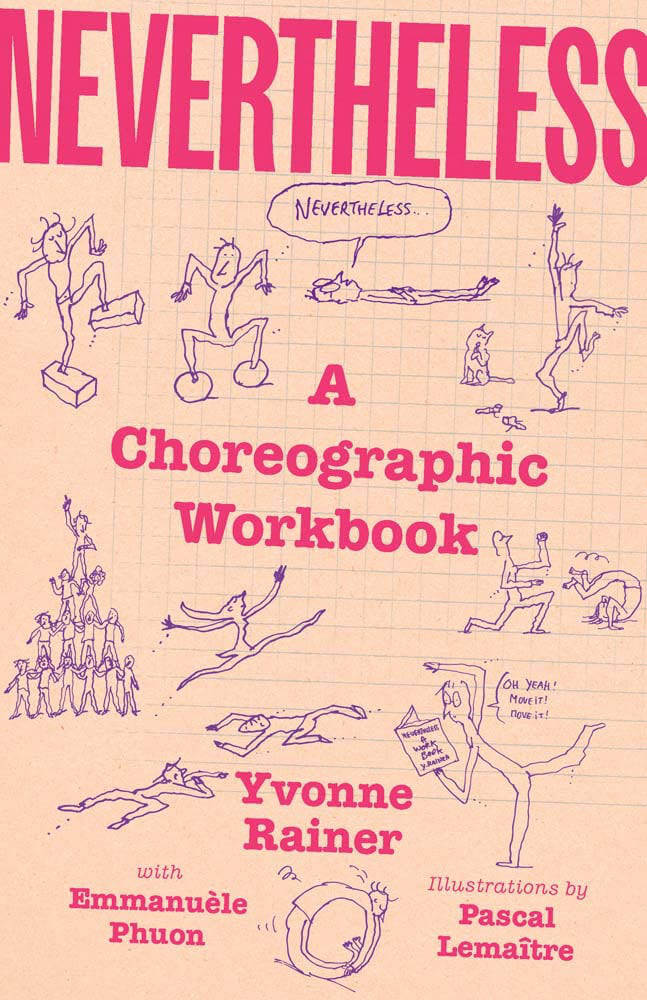
Gender Agendas
Comprehensive monograph of the Californian artist and political activist.
This book covers Suzanne Lacy's whole career, presenting a selection of her major projects: from the pioneering Prostitution Notes (1974), an artwork that combines conceptual and performance art with social commitment focused on the theme of prostitution exploitation in some areas of Los Angeles, to Crystal Quilt(1985-1987), probably Lacy's most famous work, a huge performance which involved 430 women over 60 seated at tables arranged in the pattern of a large quilt created by Miriam Shapiro, mingling their memories with sociological analyses of society's failure to exploit the potential of old age, to Storing Rape(2012), a discussion among important media personalities, activists and politicians in the attempt to find a different way of describing sexual violence.
Published on the occasion of the eponymous exhibition (Suzanne Lacy's first major European exhibition) at Museo Pecci Milano, in 2014-2015.
Suzanne Lacy (born 1945 in Wasco, USA, lives and works in Los Angeles) is a visual artist whose prolific career includes performances, video and photographic installation, critical writing and public practices in communities. She is best known as one of the Los Angeles performance artists who began active in the Seventies and shaped and emergent art of social engagement. Her work ranges from intimate, graphic body explorations to large-scale public performances involving literally hundreds of performers and thousands of audience members. She has published over 70 texts of critical commentary, and has exhibited in The Museum of Contemporary Art in Los Angeles, The New Museum and P.S. 1 in New York, and The Bilbao Museum in Spain.
Language: English







